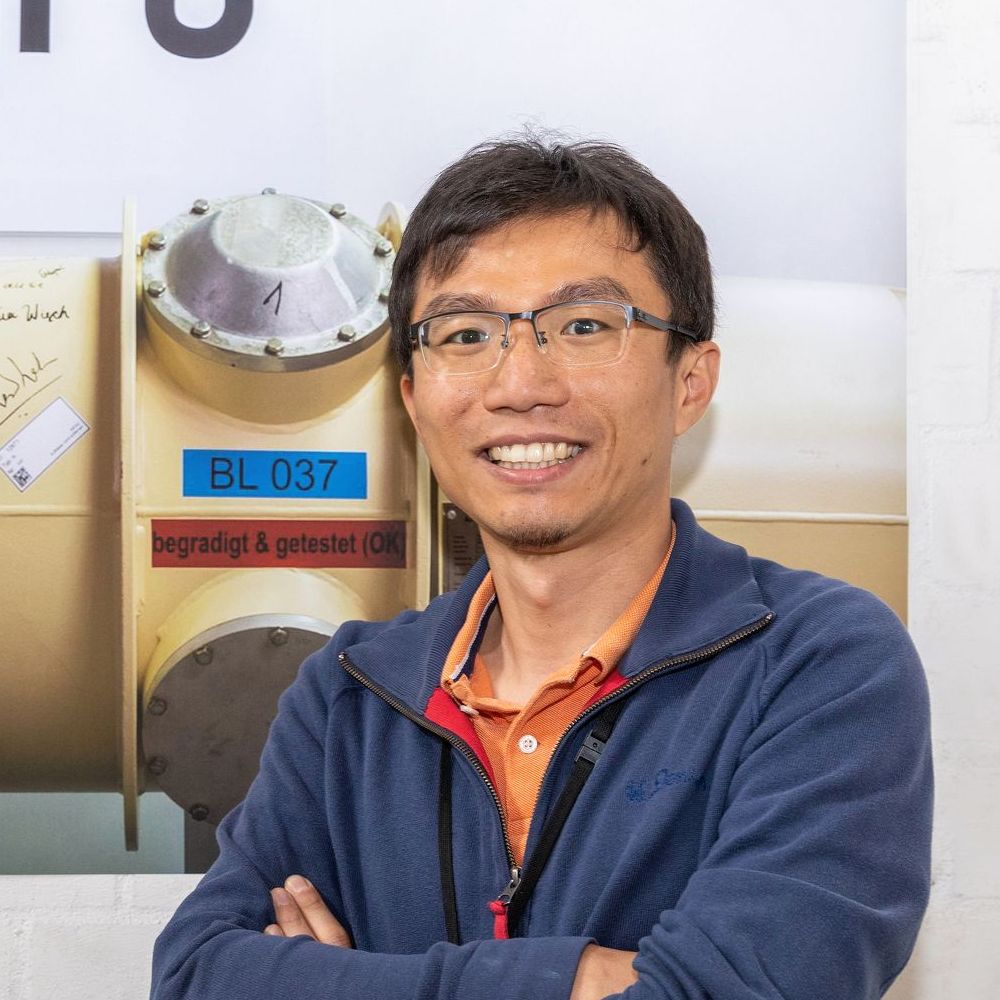Li-Wei Wei
Optics. Photonics. Lasers. Metrology. Fundamental Physics.

I am an optical physicist specialized in optics and photonics, high-power fiber lasers, laser power stabilization, precision interferometry with optical cavities, and the numerical modelling of electromagnetic waves. I have been applying my optics background to large-scale experiments that address some of the most fundamental questions in physics, the detection of gravitational waves, on earth and in space, and the nature of the Dark Matter.
I am currently leading the optical verification activities of the European Space Agency (ESA)’s Laser Interferometer Space Antenna (LISA) space mission at the Max Planck Institute for Gravitational Physics in Hannover, Germany: the optical fiber backlink (phase reference distribution system) engineering model, and the quadrant photo-receiver — phase meter (signal detection and processing chain) engineering model with a hexagon interferometer. With a planned launch in 2035, LISA will be the first space-based observatory dedicated to studying gravitational waves.
Previously I have held a fellowship position to work on the Any Light Particle Search II (ALPS II) experiment at the German Electron Synchrotron (DESY) in Hamburg that features high-power lasers, high-finesse optical cavities, single-photon counting detectors and superconducting dipole magnets. The ALPS II experiment searches for hypothetical axion-like particles that can shed light on the strong CP problem in particle physics as well as the nature of the Dark Matter if detected.
For my doctoral researches, I worked on the high-power laser system for the Advanced Virgo gravitational wave detector that features the coherent combination of fiber laser amplifiers and laser power stabilization with high-photocurrent photodiode arrays. I am the co-author of the paper reporting the first direct observation of gravitational waves in 2015 and am among the awardee of the 2016 Special Breakthrough Prize in Fundamental Physics.
selected publications
2025
2024
- Temperature effects in narrow-linewidth optical cavity control with a surrogate quasi-second-harmonic fieldAppl. Opt., May 2024
- Optimized dielectric mirror coating designs for quasi-harmonic cavity resonanceAppl. Opt., May 2024
- Towards the first axion search results of the Any Light Particle Search II experimentPoS, May 2024
2022
2021
- A Gravitational-wave Measurement of the Hubble Constant Following the Second Observing Run of Advanced LIGO and VirgoThe Astrophysical Journal, Mar 2021
- Observation of Gravitational Waves from Two Neutron Star–Black Hole CoalescencesThe Astrophysical Journal Letters, Jun 2021
- Laser power stabilization for Advanced VIRGOIn 2021 Conference on Lasers and Electro-Optics Europe and European Quantum Electronics Conference, Jun 2021
2020
- Optics mounting and alignment for the central optical bench of the dual cavity enhanced light-shining-through-a-wall experiment ALPS IIAppl. Opt., Oct 2020
- Prospects for improving the sensitivity of the cryogenic gravitational wave detector KAGRAPhys. Rev. D, Jul 2020
2017
-
- Gravitational Waves and Gamma-Rays from a Binary Neutron Star Merger: GW170817 and GRB 170817AThe Astrophysical Journal Letters, Oct 2017
- GW170817: Observation of Gravitational Waves from a Binary Neutron Star InspiralPhys. Rev. Lett., Oct 2017
2016
- Coherently combined master oscillator fiber power amplifiers for Advanced VirgoOpt. Lett., Dec 2016
- Observation of Gravitational Waves from a Binary Black Hole MergerPhys. Rev. Lett., Feb 2016
2014
- Advanced Virgo: a second-generation interferometric gravitational wave detectorClassical and Quantum Gravity, Dec 2014
2012
- Assessment on the applicability of finite difference methods to model light propagation in photonic liquid crystal fibersPhotonics Letters of Poland, Dec 2012
- Full-Vectorial Description of the Light Guidance in Anisotropic Photonic Liquid Crystal FibersActa Physica Polonica A, Nov 2012